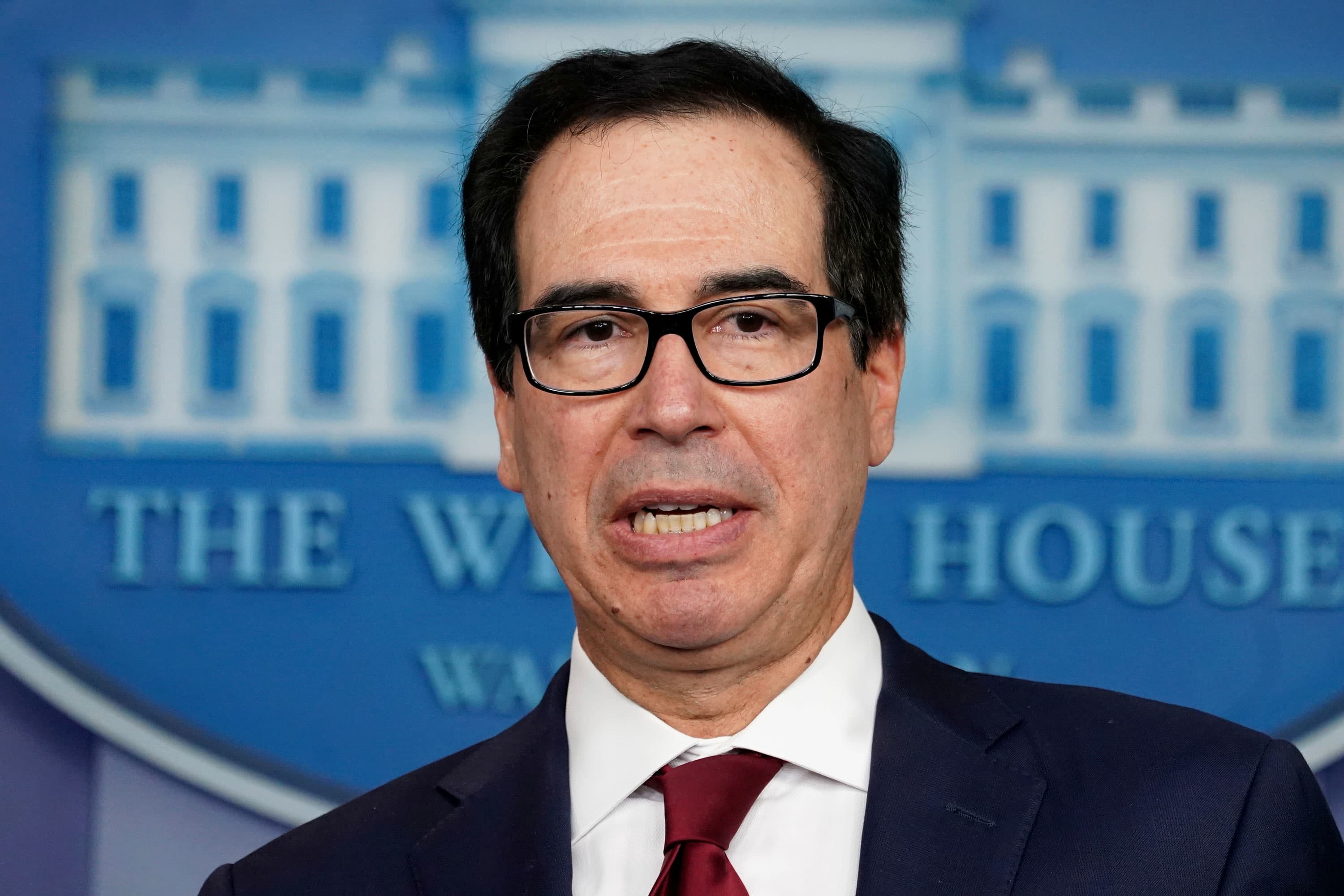 Among the issues holding up passage of a second federal COVID-19 relief package is whether additional financial assistance to individuals should come in the form of extended unemployment benefits to approximately 13.5 million displaced workers or a second round of stimulus checks similar to the $1,200 per adult and child in round one. On Tuesday, Treasury Secretary Steven Mnuchin laid out the administration’s preference.
Among the issues holding up passage of a second federal COVID-19 relief package is whether additional financial assistance to individuals should come in the form of extended unemployment benefits to approximately 13.5 million displaced workers or a second round of stimulus checks similar to the $1,200 per adult and child in round one. On Tuesday, Treasury Secretary Steven Mnuchin laid out the administration’s preference.
- Extend supplemental unemployment at a reduced amount of $300 per week versus the $600 per week in round one.
- Another round of stimulus checks at $600 per adult and child.
In contrast, a proposal drafted by a bi-partisan, ad hoc group of nine senators, now supported by House Speaker Nancy Pelosi and Senate Minority Leader Chuck Schumer, prioritizes unemployment benefits and does not include additional stimulus payments. A third framework supported by Senate Majority Leader Mitch McConnell also favors help for the unemployed in lieu of stimulus checks.
My question is, “Why would the T**** administration prefer stimulus checks over unemployment benefits?” Here are three potential economic arguments.
- The reduced unemployment payments in Mnuchin’s proposal would have less impact on spending and the deficit, reducing the cost to $40 billion compared to the provisions in the bi-partisan plan totaling $130 billion.
- Stimulus checks will put more money into the economy more quickly.
- More Americans would benefit from the stimulus program. As of August 31, 2020, the IRS had issued over 153 million direct payments compared to the 13.5 million long-term unemployment recipients.
Makes sense until you look at the other side of the ledger. Let’s take each of the above rationales for the administration’s preference for stimulus checks one at a time.
Yes, taxpayer costs for the reduced unemployment benefits would save $90 billion. However, the first round of stimulus payments total $269 billion. Even when you halve it, as Mnuchin proposed, the cost would be an additional $135 billion, a net increase in the deficit of $45 billion over the bi-partisan unemployment provisions.
A large percentage of the April 2020 stimulus checks did NOT contribute to consumer spending. Why? Because many Americans, myself included, received a payment they did not need. My evidence? The U.S. Bureau of Economic Analysis reported, following distribution of the first stimulus checks in early-April , the personal savings rate soared to a historic high of 33 percent compared to 12.7 percent a month earlier. In other words, for a large share of the stimulus recipients, it made no difference in their spending habits.
Finally, when it comes to the impact of federal transfer payments, sometimes the key is not how many, but who. For example, individuals invested in the stock market got richer during the pandemic. Older Americans whose expenditures were based on pensions and Social Security saw little if any change in net income. The unemployed have taken the brunt of the economic downturn and are facing immediate consequences as mortgages, rent or other household expenses come due.
But let’s be honest. Neither relieving hardship and suffering nor empirical evidence have been a motivating factor for the current administration. What excites T****? Seeing his signature in print (except on checks to porn stars). Therefore, we should not be surprised the administration is more interested in stimulus checks with a facsimile of the Sharpie-in-chief’s John Hancock than unemployment checks which are distributed through state employment agencies. Just one more example of VANITY UNFAIR which will fortunately be history in 40 days, 1 hour, 32 minutes and 43 seconds or sooner, depending when you read this entry.
For what it’s worth.
Dr. ESP
Once again you nailed it!! Thanks for the countdown clock. I’m keeping it up for inspiration.